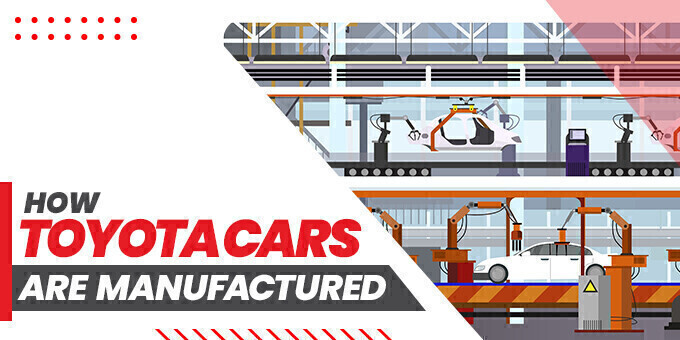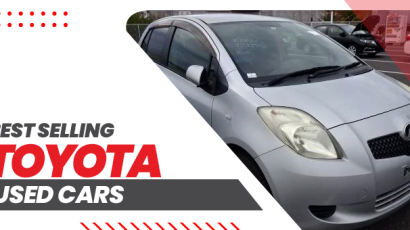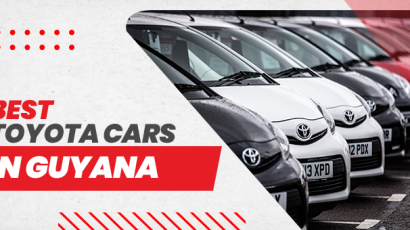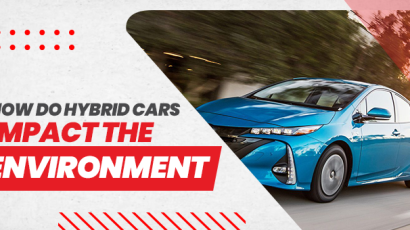
Toyota is a global manufacturer and the world leader in car sales and has factories around the globe. A Used Car buyer needs to know it has overseas production companies located in 28 different countries. The European models, i.e., Corolla, Verso, C-HR, are made in Turkey. In France, the third generation Yaris and the Yaris Hybrid are born. While in British plants in Deeside, where Avensis, Auris 5-door, Wagon, and the hybrid system are assembled.
Non-Centralized Production
Toyota Mirai, the Prius, and all the Lexus brand’s luxury cars are developed in Japan. Toyota has factories around the world to manufacture or assemble vehicles for local markets.
They are present in the United States, Japan, Australia, Canada, Indonesia, Poland, South Africa, Turkey, Great Britain, France, Portugal, Brazil, and, more recently, in Pakistan, India, Argentina, the Czech Republic, and Mexico, and Venezuela.
In Europe, a joint venture is active with the PSA Peugeot Citroën group plant located in Kolín to produce its various versions in the Czech Republic. City car models are designed jointly and marketed under the Toyota Aygo, Peugeot 108 brands, and Citroën C1. Production partnerships are active after stock exchange issues with Mazda and Suzuki.
Please note, discussed cars can be explored at Used Car exporter.
Toyota invests much of its research in hybrid vehicles such as the Toyota Prius, based on Hybrid Synergy Drive technology. In 2013 anincredible number of 3,000,000 Toyota Prius was produced; While Lexus were producedas hybrids cars in the world earlier.
With the arrival of the Prius Wagon, Yaris HSD, Auris HSD, and Auris Wagon HSD, the number will increase considerably. In 2002, Toyota successfully tested its new version of the RAV4 in fuel cells. Scientific American named the company Business Leader of the Year in2003 to market hybrid cars at an affordable price.
Production Philosophy
Toyota is also famous for its production philosophy, called Toyota Production System, particularly for the just in time method, adopted worldwide by severalcar companies. Toyota markets its products under the Toyota, Scion, and Lexus brands. Lexus is used for the luxury car sector, while the Scion brand is used only in the United States to market models aimed at a young audience. Toyota has a plethora of subsidiaries and affiliates.
Toyota dedicates all of its Japanese plants to Mirai, Prius, and all Lexus brand cars. A large part of the production occurs in Europe; in France, the Yaris and hybrids were born; while in England at Deeside, Avensis, Auris, Wagon, and hybrid engine units are assembled.
After several Group C attempted in 1998, Toyota made its new GT-One prototype debut at the 24 Hours of Le Mans in the GT1 class. The three Toyota GT-Ones (codenamed TS020) were among the fastest cars in the competition but missed the win due to various mechanical and electronic problems.
Technology and Innovation
Toyota is aiming for a new course marked by technology and innovation. At the top of the world car market, the Japanese giant explained what it intends to do in the next years in Europe. “The diesel crisis is changing the automotive world faster than expected, opening up new opportunities, especially for the European market where emissions regulations will always be restrictive,” said the president and CEO of Toyota Europe.
Toyota TechnologyinCar Production
Toyota technology for PHVs combines a petrol engine with an electric motor and a battery that can be charged in two ways: with the vehicle in motion, also recovering the energy (otherwise lost during braking), as is already the case in commercial hybrids, or by connecting the vehicle to an electricity source in the garage at home, at work or a public charging station.
For short trips, a PHV could rely solely on electricity, ensuring a significant reduction in CO2 emissions to assure reduced consumption of fossil fuels. For longer distances, the combined use of gasoline and electricity option can be selected.
Toyota has also developed an innovative charging and distribution system, which equips each of the vehicles under test. This system is compatible with a new generation of public charging stations, aiming to make electricity more accessible on roads and in parking lots and reduce users’ costs. Toyota is one of the leading automotive producers in Europe, with eight production plants on the continent, including France’s Valencennies site.
The company is committed to reducing the car’s impact on the environment at every stage of the product life cycle: design, production, use, and disposal. In 2007, Toyota celebrated its hybrid leadership since the launch of its first mass-produced hybrid car.
Having passed the milestone of the first million hybrid vehicles sold worldwide and over 100,000 in Europe, the company now aims to sell one million hybrid vehicles per year within the first few years of the next decade.
Lexus & Land of Contrasts
Besides, Toyota luxury brand “Lexus” is betting on high customer loyalty in used car exporter centers. Japan is the land of contrasts, kindness, atmospheres, and strict protocols. Its lines, shapes, lights, and colors blend as in an equation that result is innovation inspired by tradition. The same one led the premium brand of the Toyota group to “create luxury cars at the highest levels of quality and technology, inspired by the Japanese culture of anticipating customer needs and the ability to combine contrasting elements in innovative solutions,” as summarized by Eiji Toyoda, the Toyota brand developer and who invented the Lexus brand.
In 1988 a new brand arrived on the market, presented at the Los Angeles Motor Show. Lexus was born. In other words, Toyota decided not to limit itself to making a single luxury model and put into production a range of refined cars.
The choice proved successful, and the Japanese car brand decided that the Lexus project should be advertised to the world. Later on, it was gradually introduced in Europe and Japan, where it is the first national luxury brand to be introduced.
Coming aboard Lexus cars, comfort is top class: everything is there, and everything is exactly where you expect it to be. To be precise, front seats in Lexus cars are welcoming and enveloping. The volumes are well proportioned, and the details at the top.
For example, the perforation of the seats’ leather follows a nice pattern to trace the effect of the external grille or the sound of the closing of the doors and the control of the air vents, which gives a three-dimensional effect when it lights up.
The Japanese imprint is all in Lexus, in the inimitable touch of human labor instead of the efficiency, speed, and precision of technology. And yet, the future of craftsmanship as opposed to the rise of artificial intelligence in used cars.
e-TNGA
Toyota has announced that it will premiere a new model for its Battery Electric line – a midsize battery-powered SUV based on the upcoming e-TNGA platform. So, Toyota’s Innovative cars will be based on Toyota’s new e-TNGA platform.
Thanks to its intelligent design, the new platform is versatile and easily adaptable to different products. The basic principle of architecture is that some key elements remain fixed while others vary. This approach allows you to changethe width, length, wheelbase, and height of the vehicle.
Thee-TNGA can be configured as a front, rear, or four-wheel drive vehicle with a wide range of battery and electric motor capacities to suit various vehicle types and usage profiles. Due to this versatile approach, it is possible to reduce the different product variants’ development times and carry out the individual models in parallel.











